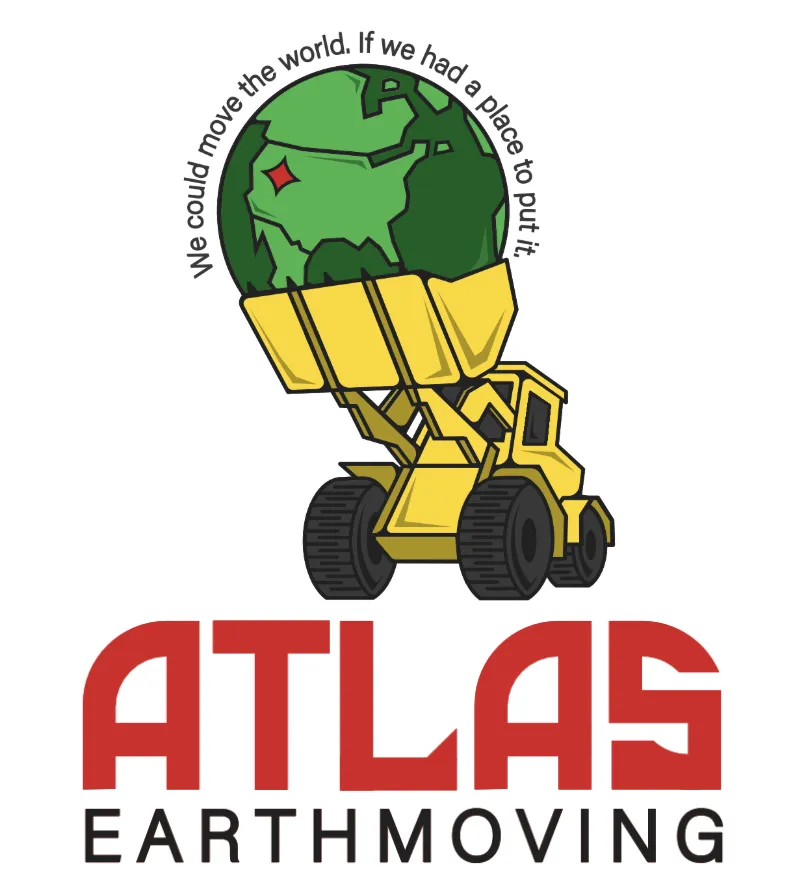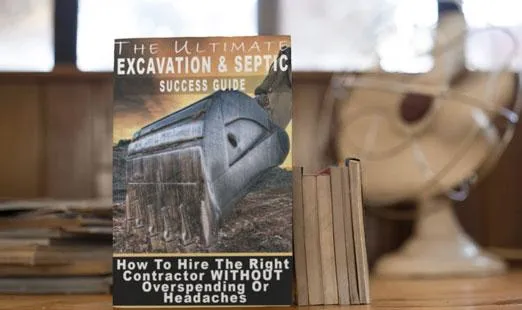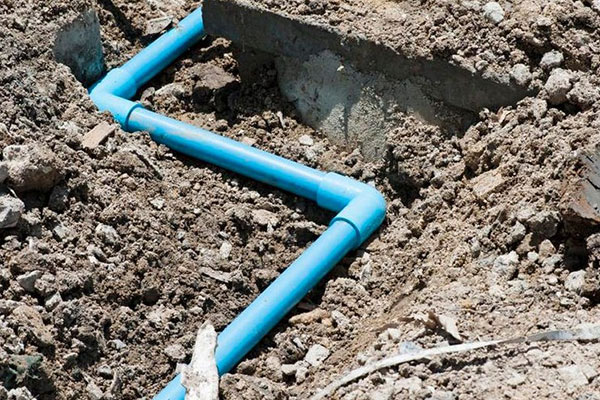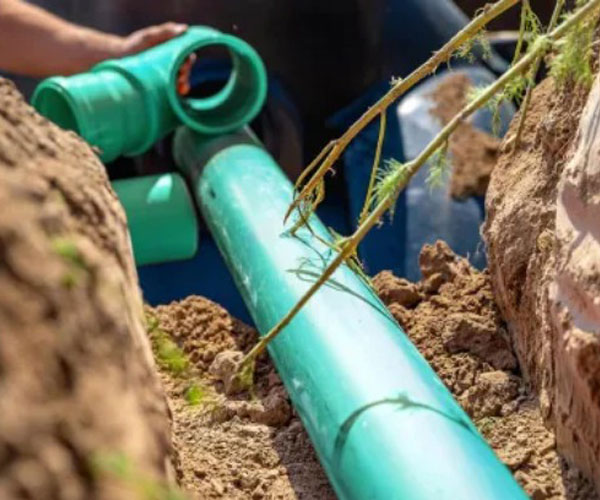
Serving Idaho Counties: Ada, Elmore, Boise, Gem and Owyhee
Sewer Repairs near Ada County, Idaho
Atlas Earth Moving is Committed to superior quality and results!

AVOID COSTLY MISTAKES:
Do NOT hire an excavating contractor without first reading our free guide:
The ULTIMATE Excavation & Septic "Success Guide."

Sewer Repairs near Ada County — What It Includes and Why It Matters
When a sewer line fails in Idaho’s Ada County, symptoms escalate quickly. Drains slow, toilets gurgle, and lawns develop soggy spots. Sewer Repairs near Ada County, Idaho, focuses on accurate diagnosis first, then a fix that matches soil, slope, depth, and local code. A professional team confirms the source with a camera inspection, locates defects, and recommends either open-cut replacement or trenchless rehabilitation based on damage severity, access, and restoration needs. Getting the diagnosis right protects groundwater, prevents interior backups, and keeps your home compliant with city and county requirements.
How Can We Help?


Core Services Included in Sewer Repairs near Ada County
A thorough service begins with an investigation. Crews perform camera inspections to map the line, verify material and diameter, and pinpoint defects. Cleaning with hydro-jetting or mechanical cutters clears debris so the camera can see clearly. From there, options range from open-cut replacement to trenchless rehabilitation. Open-cut replacement swaps failed sections and is best for severe collapses, major offsets, or bellies. Trenchless methods—pipe bursting and cured-in-place lining—minimize surface disruption, often preserving landscaping, driveways, and mature trees. Both approaches end with a post-repair video to confirm proper flow and document the result for your records and future resale.
Benefits of Timely Sewer Repairs near Ada County
Acting early saves money and stress. You prevent backups that damage flooring and drywall, protect yards and play areas from contamination, and avoid sinkholes caused by soil loss. Correcting slope and eliminating intruding roots restores design flow so fixtures drain as intended. Documented repairs and a clean post-repair video help during resale, since buyers in Idaho expect utilities to be in solid condition. Proactive service also reduces long-term maintenance, keeps emergency calls rare, and stabilizes your household routine.
Benefits of Hiring a Local Team for Sewer Repairs near Ada County, Idaho
Local experience pays off. Crews who work weekly in Boise, Meridian, Eagle, Kuna, and Garden City understand typical depths, easements, and soil behavior. They select bedding and compaction that resist seasonal movement, anticipate groundwater in certain neighborhoods, and recognize tree species notorious for their roots. A local team is faster with permitting and coordination with city inspectors and Idaho agencies. They plan around frost depths, school traffic, and irrigation schedules, helping your project move efficiently while meeting code and inspection standards.
What to Look for in Proposals for Sewer Repairs near Ada County, Idaho
Strong proposals are specific and transparent. They identify pipe material and diameter, show measured defect locations, and state whether the issues are roots, offsets, bellies, or breaks. They define the repair method, the length addressed, how service laterals will be reinstated, and what surface restoration is included—topsoil, seed, sod, gravel, asphalt, or concrete. They provide warranties for materials and workmanship, list exclusions such as unrelated interior plumbing or HOA approvals, and include a realistic schedule with inspection milestones.
See Our Excavation & Septic Services

✔️ Residential Excavation
✔️ Swimming pool excavation
✔️ Basement excavation
✔️Residential Sewer And Water Replacement
✔️Residential Septic Installation And Repair
✔️Concrete Preparation
✔️Small Commercial Site-Work
✔️Residential Gravel And Sight Work
✔️ Demolition
✔️ Large pond Construction
✔️ Small Pond Construction
✔️ Dozer work
✔️ Septic inspections
✔️ Trenching
✔️ Utilities Trenching
✔️ Foundation Repairs
Quality Services Launched FAST!

✔️ Septic system pumping
✔️ Septic installs traditional systems
✔️ Septic tanks - aerobic systems
✔️ Septic tanks - Plastic/poly
✔️ Septic tanks - Concrete
✔️ Drain field replacement
✔️ Grading, lot clearing
✔️ French Drains
✔️ Retaining walls
✔️ Sewer repairs
✔️ Drainage systems
✔️ Full site preparation
What Are You Waiting For?
The Process for Hiring Sewer Repairs near Ada County (Step by Step)
Step 1 — Document symptoms. Note where slow drains occur and when gurgles or backups happen. Photograph wet spots and any cleanout overflows.
Step 2 — Book a camera inspection. Request a recorded video, a defect log with footage marks, and a surface locate map.
Step 3 — Compare solutions. Ask for line-item proposals for open-cut and trenchless options, with restoration and permit fees separated.
Step 4 — Verify Idaho licensing and insurance. Confirm experience with your city’s permit office and ask for two recent local references.
Step 5 — Align on scope, price, and timeline. Ensure proposals include utility locates, disposal, compaction specs, and post-repair video proof.
Step 6 — Plan access and protections. Decide how landscaping, fencing, or slabs will be protected or replaced.
Step 7 — Execute the repair. Crews clean, excavate, or stage trenchless equipment, replace or rehabilitate the pipe, test for leaks if required, and backfill to spec.
Step 8 — Final inspection and documentation. Keep the signed inspection card and before-and-after video for your records.
Materials, Methods, and Idaho-Savvy Best Practices
In Ada County, many older laterals are clay or Orangeburg, while newer lines are typically PVC. Clay joints can admit roots; Orangeburg can deform under load. For open-cut repairs, PVC SDR-rated pipe with solvent-welded joints is the standard. For trenchless rehabilitation, cured-in-place liners create a smooth, jointless interior, and pipe bursting pulls in durable HDPE along the existing route. Best practice includes firm bedding, proper slope verification, and compaction to prevent settling. Where groundwater is present, crews may dewater and use stone backfill to stabilize the trench and maintain drainage.
Timelines, Access, and Minimizing Disruption
Most spot repairs finish in one to two days, while full replacements or complex trenchless projects may take several days, depending on depth, length, utilities, and surface restoration. Crews can often maintain limited service with temporary bypasses. Expect marked utility locates, staging for spoil piles, and safety fencing. Clear driveways, pet areas, and irrigation schedules ahead of time to reduce delays. With trenchless options, you may see only small launch pits rather than long trenches, which preserves lawns and hardscape and speeds up the final restoration.
Homeowner Prep Checklist for a Smooth Project
Ensure someone can grant site access each morning. Move vehicles from work zones and clear storage along fence lines. Flag sprinklers and pet fences. Identify septic components or cleanouts and share past videos or plans. Decide how you want restoration handled, including seed types or matching pavers. Ask for daily updates with photos so you can track progress without hovering. Preparation and communication reduce surprises and keep your project on schedule.
Ready to Move Forward with Sewer Repairs near Ada County?
You now have a clear playbook for diagnosing problems, comparing methods, and hiring confidently in Idaho’s Ada County. Use the steps above to gather video proof, request transparent proposals, and select the approach that protects your home, your yard, and your budget. With a documented repair and a clean final video, you will restore flow, safeguard your property, and put sewer worries behind you with confidence.
Hours: Mon-Sun 7AM-8PM
Extended hours by appointment only.
Address: 7109 W Northview St, Boise, Idaho 83704
All rights reserved | Client Support Area
Facebook